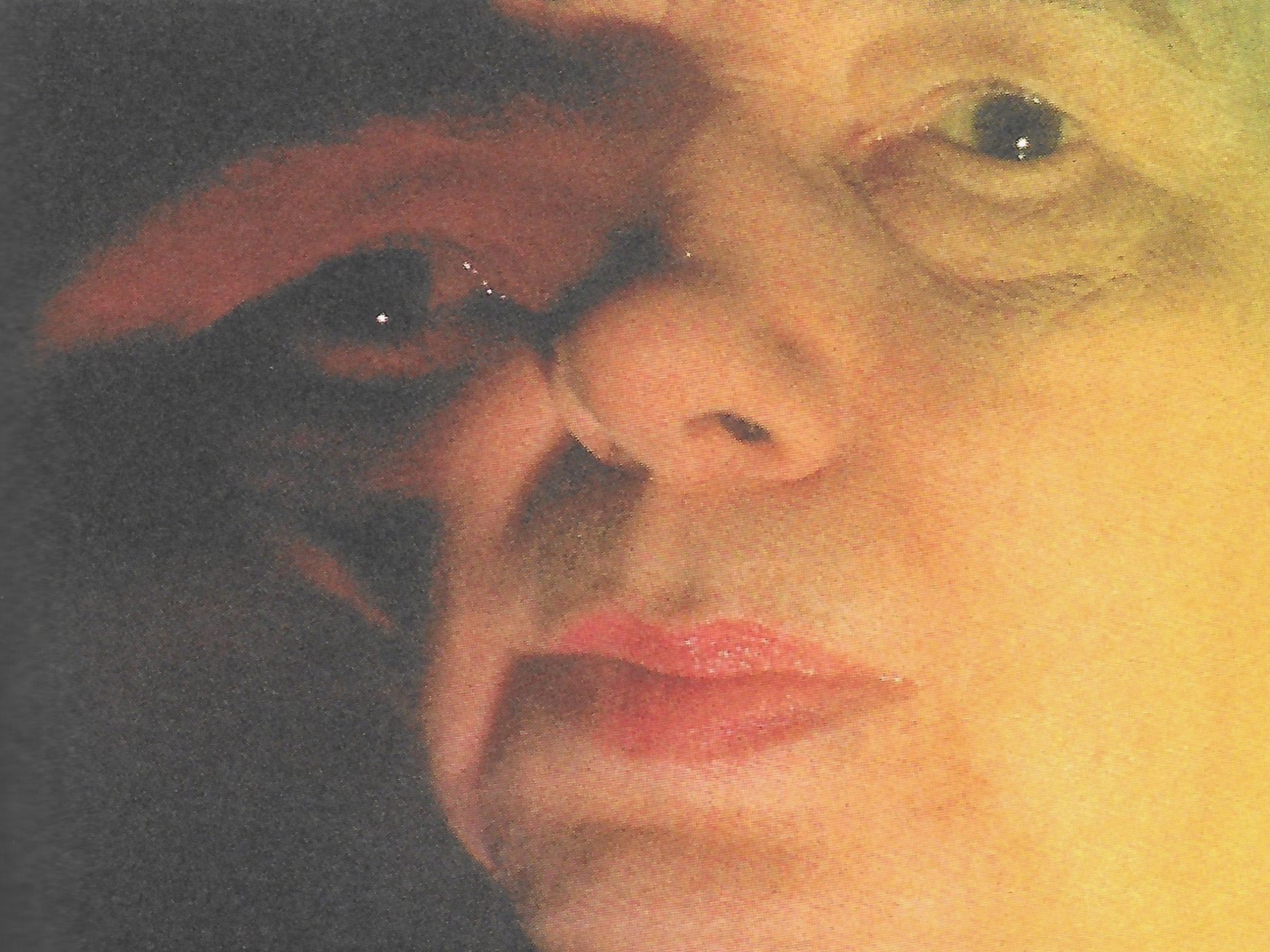
Robert Beavers in a hotel room, at his work desk or stretched out on the bed, while fragments of Duvelor by Michel de Ghelderode play on the soundtrack. The superimpositions, which conjure up a phantasmagoria of faces, as well as the geometric masks, which help to isolate the images into autonomous thought nuclei, give musical tension to the film.With images of Jacques Ledoux, Dimitri Balachoff and René Micha.
“Shedding all traces of narrative in Plan of Brussels, Beavers filmed himself in a hotel room, both at his work desk and lying naked on the bed, while in rapid rhythmic cutting, and sometime in superimposition, the phantasmagoria of people he met in Brussels and images from the streets flood his mind.”
P. Adams Sitney
Tony Pipolo: At the time you were seeing things in Brussels, had you also then an idea or project of your own?
Robert Beavers: Yes, I had already made in Greece the film that would become Winged Dialogue, and I brought this with me to Brussels where it was spliced and printed. Then I began a project in the winter of 1967, called Plan of Brussels. That's what I was working on while I was seeing so many films. Actually, there are a number of people in this film with whom I had acquaintance, including brief appearances by Jacques Ledoux of the Cinematheque , the critic René Micha, and even the director of the film lab, to which we owed so much money. More than from the films that I had been seeing, the inspiration for the film came from James Ensor.
[...] Can you speak in more detail about how you create the soundtracks for your films?
I'll begin by describing the soundtracks of the six early films made between 1967 and 1970. For Plan of Brussels, I used fragments of the text Duvelor by the Belgian poet, Michel de Ghelderode. It is performed by the Toone Marionettes and has as characters, Duvelor, the devil and his wife, a monk, and others, with one voice impersonating all of the characters. I have mentioned my interest in James Ensor, and I thought that this was an interesting sound complement spoken in Brussels dialect. So I cut it to the film and added an electronic tone. I did not have access to very much equipment at that time. When I re-edited this film, I retained the text but cut and placed it differently.
Tony Pipolo in coversation with Robert Beavers1
“The film, which Beavers made soon after moving to Europe, wails with a grating recording of Michel de Ghelderode's macabre Duvelor, ou la farce du diable vieux (1931) and teems with grotesquerie - actors in heavy make-up, jolie laide women, soldiers in lock-step - as Beavers curls up, naked, on the single bed of a cheap Brussels hotel. It carries an exhilarating dissonance, a doubly exposed and thrilling depiction of the vulnerability and youthful terror of one who has not yet fallen into the luxe, calme and volupte of his later accomplishments.”
Melissa Gronlund2
- 1Tony Pipolo, “An Interview with Robert Beavers,” Millennium Film Journal No. 32/33 (Fall 1998).
- 2Melissa Gronlund, “Robert Beavers at Tate Modern,” Afterall, 7 July 2007.

